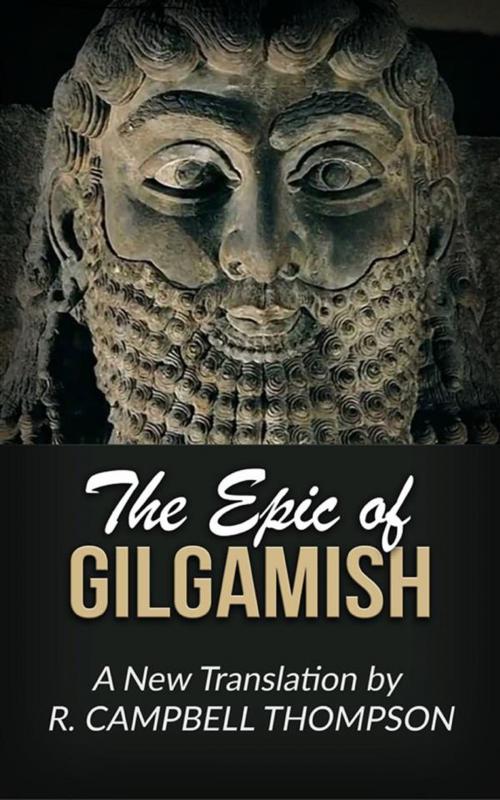| Author: | R. Campbell Thompson | ISBN: | 9788892676824 |
| Publisher: | Youcanprint | Publication: | July 27, 2017 |
| Imprint: | Language: | English |
| Author: | R. Campbell Thompson |
| ISBN: | 9788892676824 |
| Publisher: | Youcanprint |
| Publication: | July 27, 2017 |
| Imprint: | |
| Language: | English |
The Epic of Gilgamish, written in cuneiform on Assyrian and Babylonian clay tablets, is one of the most interesting poems in the world. It is of great antiquity, and, inasmuch as a fragment of a Sumerian Deluge text is extant, it would appear to have had its origin with the Sumerians at a remote period, perhaps the fourth millennium, or even earlier. Three tablets of it exist written in Semitic (Akkadian), which cannot be much later than 2,000 B.C.: half a millennium later come the remains of editions from Boghaz Keui, the Hittite capital in the heart of Asia Minor, written not only in Akkadian, but also in Hittite and another dialect. After these comes the tablet found at Ashur, the old Assyrian capital, which is anterior in date to the great editions now preserved in the British Museum, which were made in the seventh century B.C., for the Royal Library at Nineveh, one Sin-liqi-unni(n)ni being one of the editors. Finally there are small neo-Babylonian fragments representing still later editions. In the seventh century edition, which forms the main base of our knowledge of the poem, it was divided into twelve tablets, each containing about three hundred lines in metre. Its subject was the Legend of Gilgamish, a composite story made up probably of different myths which had grown up at various times round the hero's name. He was one of the earliest Kings of Erech in the South of Babylonia, and his name is found written on a tablet giving the rulers of Erech, following in order after that of Tammuz (the god of vegetation and one of the husbands of Ishtar) who in his turn follows Lugal-banda, the tutelary god of the House of Gilgamish. The mother of Gilgamish was Nin-sun.
The Epic of Gilgamish, written in cuneiform on Assyrian and Babylonian clay tablets, is one of the most interesting poems in the world. It is of great antiquity, and, inasmuch as a fragment of a Sumerian Deluge text is extant, it would appear to have had its origin with the Sumerians at a remote period, perhaps the fourth millennium, or even earlier. Three tablets of it exist written in Semitic (Akkadian), which cannot be much later than 2,000 B.C.: half a millennium later come the remains of editions from Boghaz Keui, the Hittite capital in the heart of Asia Minor, written not only in Akkadian, but also in Hittite and another dialect. After these comes the tablet found at Ashur, the old Assyrian capital, which is anterior in date to the great editions now preserved in the British Museum, which were made in the seventh century B.C., for the Royal Library at Nineveh, one Sin-liqi-unni(n)ni being one of the editors. Finally there are small neo-Babylonian fragments representing still later editions. In the seventh century edition, which forms the main base of our knowledge of the poem, it was divided into twelve tablets, each containing about three hundred lines in metre. Its subject was the Legend of Gilgamish, a composite story made up probably of different myths which had grown up at various times round the hero's name. He was one of the earliest Kings of Erech in the South of Babylonia, and his name is found written on a tablet giving the rulers of Erech, following in order after that of Tammuz (the god of vegetation and one of the husbands of Ishtar) who in his turn follows Lugal-banda, the tutelary god of the House of Gilgamish. The mother of Gilgamish was Nin-sun.















